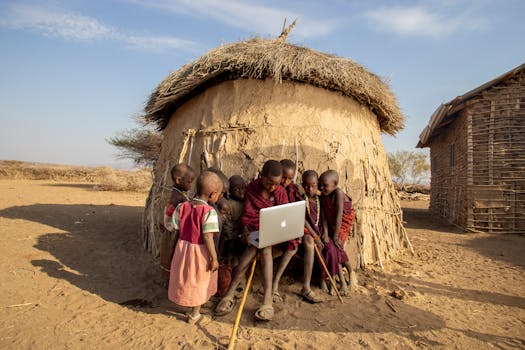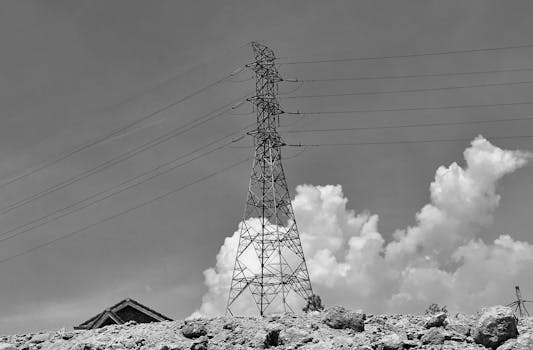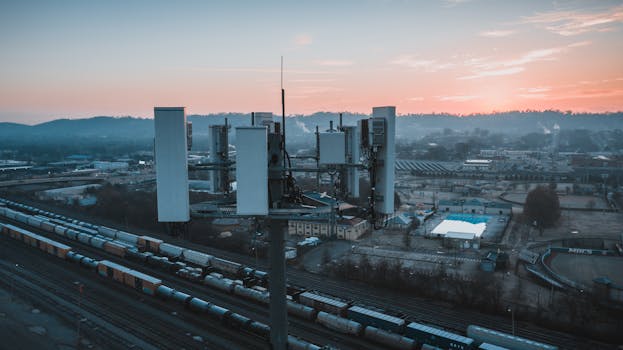Urban Green Spaces: The Future of Outdoor Living in European Cities by 2025
Urban Green Spaces are becoming increasingly important in European cities, and for good reason. As the world becomes more urbanized, the need for green spaces has never been more pressing. Urban Green Spaces are not just aesthetically pleasing, but they also provide numerous benefits for the environment, public health, and the economy. In this article, we will explore the future of outdoor living in European cities and how urban green spaces are shaping it.
What are Urban Green Spaces?
Urban green spaces refer to any area in a city that is covered in vegetation, such as parks, gardens, green roofs, and urban forests. These spaces can be public or private and can range in size from small gardens to large parks. Urban green spaces are essential for maintaining ecological balance in cities and providing habitats for urban wildlife.
Benefits of Urban Green Spaces
The benefits of urban green spaces are numerous. Some of the most significant advantages include:
- Improved air quality: Urban green spaces can absorb pollutants and particulate matter, improving air quality and public health.
- Climate regulation: Green spaces can help regulate the urban microclimate, reducing the urban heat island effect and mitigating the impacts of climate change.
- Noise reduction: Urban green spaces can act as a buffer, reducing noise pollution and creating a more peaceful environment.
- Recreation and leisure: Green spaces provide areas for recreation, exercise, and socialization, improving mental and physical health.
- Economic benefits: Urban green spaces can increase property values, attract businesses and tourism, and create jobs.
The Future of Outdoor Living in European Cities
By 2025, European cities are expected to have undergone significant transformations in terms of urban green spaces. Some of the trends that are shaping the future of outdoor living include:
- Increased focus on sustainability: Cities are prioritizing sustainable design and green infrastructure to reduce their environmental footprint.
- Green roofs and walls: Green roofs and walls are becoming increasingly popular, providing insulation, reducing energy consumption, and creating habitats for wildlife.
- Urban agriculture: Urban agriculture is on the rise, with cities incorporating community gardens, urban farms, and greenhouses into their green spaces.
- Innovative designs: Cities are experimenting with innovative designs, such as floating gardens, vertical parks, and green bridges, to create unique and functional green spaces.
Case Studies: Successful Urban Green Spaces in European Cities
Several European cities are leading the way in terms of urban green spaces. Some notable examples include:
- Paris: The City of Light has implemented a number of green initiatives, including the creation of green roofs, urban forests, and community gardens.
- Barcelona: Barcelona has incorporated green spaces into its urban design, including the famous Park Güell and the Superblock program, which prioritizes pedestrian-friendly and green spaces.
- Copenhagen: Copenhagen is a leader in sustainable design, with a focus on green roofs, green walls, and urban agriculture.






